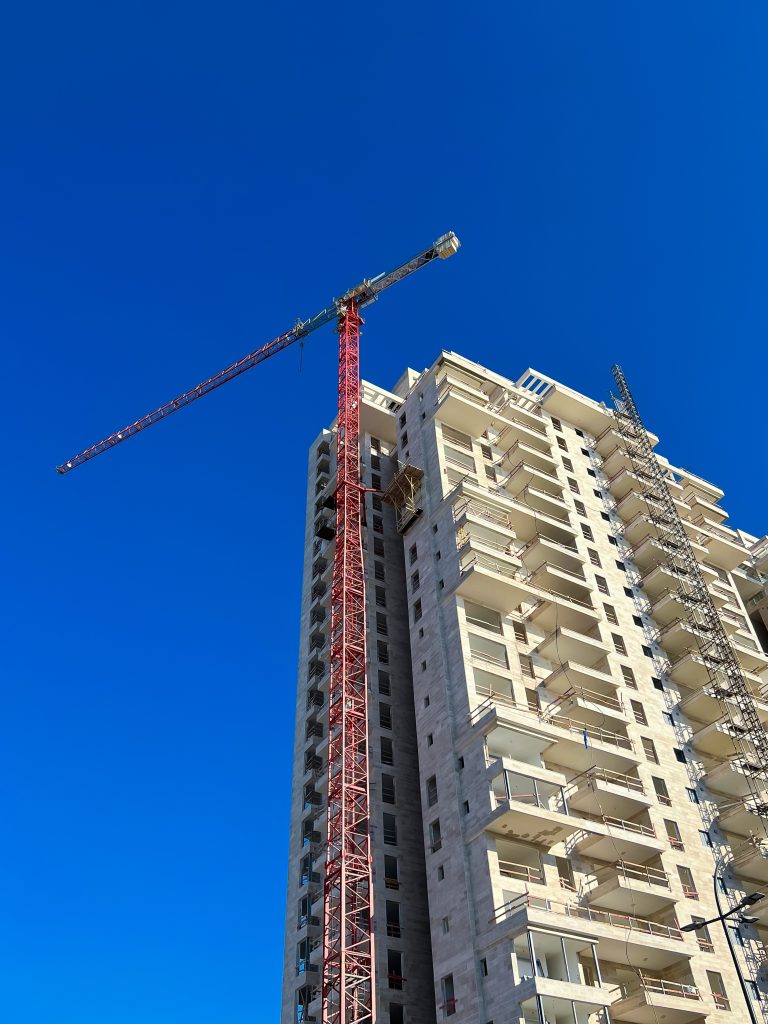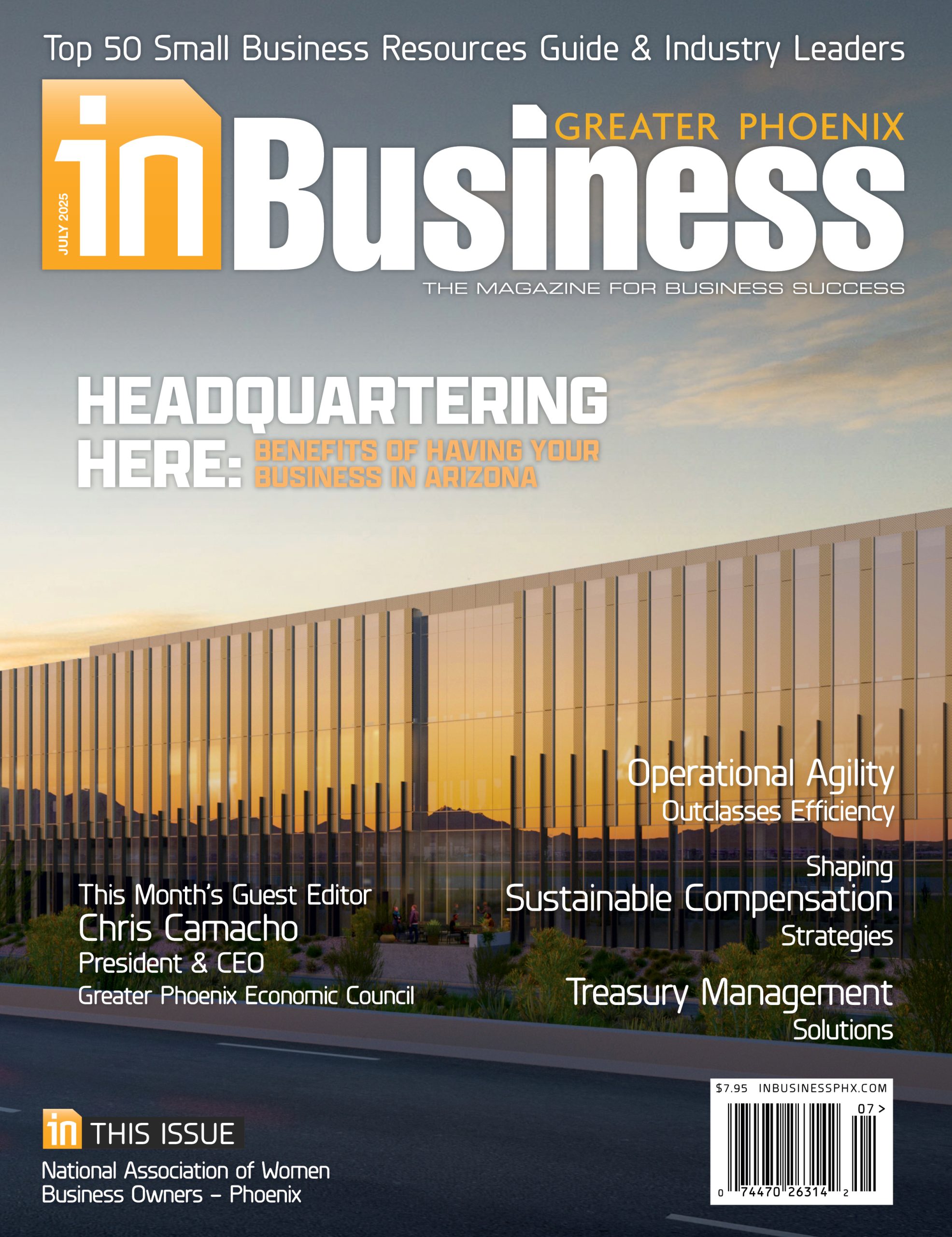 I started working for P.B. Bell, one of Phoenix’s most well-known multifamily developers, 10 years ago. Since that time, the multifamily real estate market has undergone significant change.
I started working for P.B. Bell, one of Phoenix’s most well-known multifamily developers, 10 years ago. Since that time, the multifamily real estate market has undergone significant change.
The Phoenix Metro Area has always been an attractive market, but interest has surged in recent years due to the diversification of the local economy and the unanticipated impact of the COVID-19 pandemic.
The Evolution of the Landscape in Phoenix
Following the Great Recession, Phoenix made a concerted effort to broaden its economy to become less reliant on construction, government and tourism. Those efforts paid off with significant growth in the semiconductor, technology, healthcare, finance, and manufacturing sectors, bringing large numbers of high-paying jobs to the Valley and paving the way for continued growth in the metro area. From 2013 through 2019, Phoenix led the country in metro-to-metro population growth, fueled by affordability and the diversification of our local economy.
This growth sparked a greater need for homes across all real estate markets, with multifamily demand estimated between 10,000 and 12,500 new units annually. However, multifamily developers struggled to keep up with demand. Prior to COVID-19, the Phoenix area averaged around 9,000 multifamily units delivered annually.
COVID-19’s Lasting Impact on the Market
Not only were we not keeping up with the estimated demand, these numbers did not take into account the impact the pandemic would have on the Phoenix market. Because of our softened regulatory approach, relative affordability and increased job growth, the pandemic attracted a lot of new residents to Phoenix.
This boom of new residents created an even larger gap between demand and supply that resulted in decreased vacancy rates and accelerated rent growth, which grabbed the attention of many multifamily developers that were not currently operating in Phoenix. Before COVID-19, fewer than 75 companies were involved in multifamily development in the area. Since the pandemic, that number has grown to more than 225.
Phoenix went from being a hidden gem to what felt like the center of the universe during that period. Due to larger institutional and national players flocking to the metro area, competition for development sites and existing properties grew rapidly, which resulted in higher costs for development and higher sales prices for existing properties. Combined with inflated construction costs created by the pandemic, the price for multifamily units increased dramatically from 2019 through 2022, all of which was supported by lower cap rates, lower interest rates and accelerated rent growth.
The impact of this rush to Phoenix is now being felt. In 2022, Phoenix delivered more than 10,000 multifamily units, a number that was unheard of prior to then. While estimates on the number of units delivered each year varies, by any measurement deliveries have continued to accelerate in recent years, from around 16,000 in 2023 to more than 20,000 in 2024 and an estimated 28,000 or more in 2025. While this has led many to overreact, the reality is that we are absorbing the units being brought online over the last few quarters. There is still a backlog that needs to be worked through, and that backlog has absolutely had a negative impact on rents and created an unusually robust concessionary environment. However, many market indicators are already showing signs of recovery, which will continue over the next 18 months.
Future of Multifamily Real Estate
The reality is, Phoenix still has strong fundamentals, including the population growth and job creation mentioned above, which supports a positive long-term outlook for the multifamily market. The industry will likely reach an equilibrium over the next 12 to 18 months, and Phoenix will continue to be part of the spotlight, but there should be a leveling out that occurs naturally in this sector of the market.
Rent prices should return to some level of normalcy and the concessions we are seeing today will likely go away as inventory resolves itself. Competition in this area will continue to elevate industry standards, and we will continue to experience more sophistication in the product.
Overall, the Phoenix multifamily real estate market is currently experiencing some market corrections from post-pandemic years, but the future remains extremely bright.
 Justin Steltenpohl is CEO of P.B. Bell.
Justin Steltenpohl is CEO of P.B. Bell.












